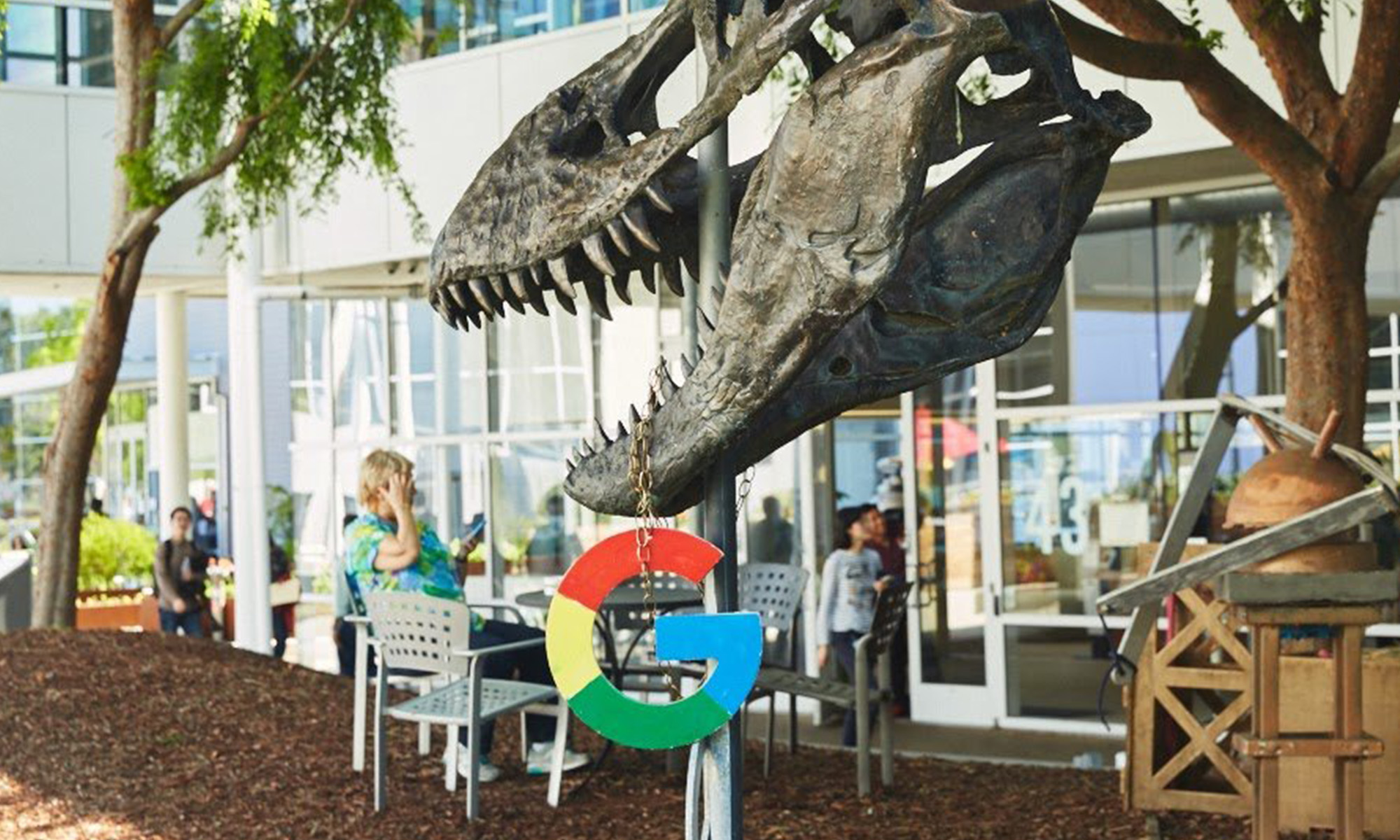Facebook (FB +1.08%), as you probably know, is in hot water. Roughly 50 million users had their personal profiles exposed to an outside researcher in 2013. That researcher later went on to work for consulting firm Cambridge Analytica, which used the profiles illicitly to target voters in the 2016 election.
Political and ethical arguments aside, nervous shareholders are probably interested in how this might impact Facebook's stock, which has fallen by roughly 10% year-to-date. Is the current sell-off a buying opportunity or the beginning of a longer-term negative trend?
Here are the key metrics to watch when the company begins reporting post-scandal financials.

Will the Cambridge Analytica scandal impair Facebook's growth? Image source: Getty Images.
Users
The first metric to track is, unsurprisingly, users. Advertisers need an audience, and while there are tactics Facebook can use to better monetize each user, the ultimate possibilities of the platform lie in the total daily active users (DAU) and monthly active users (MAU). As you can see, these metrics have been decelerating over the past few quarters:
|
Category |
Q1 2017 |
Q2 2017 |
Q3 2017 |
Q4 2017 |
|---|---|---|---|---|
|
MAU (millions) |
1,936 |
2,006 |
2,072 |
2,129 |
|
Growth % (YOY) |
17% |
17.2% |
15.9% |
14.5% |
|
DAU (millions) |
1,284 |
1,325 |
1,368 |
1,401 |
|
Growth % (YOY) |
17.8% |
17.5% |
16% |
14.2% |
Data source: Facebook. Table by the author. YOY = year over year
Post-scandal, there is now a #DeleteFacebook campaign under way, with several high-profile celebrities joining the anti-Facebook chorus.
Slowing user growth, of course, could be a natural consequence of Facebook's size, and may also be the result of Facebook's decision to eliminate bad actors or automated/spam profiles. But if DAU and MAU figures see an accelerated decrease in growth, it could be a sign of trouble to come.
Time spent
Facebook had already begun prioritizing "meaningful" time spent on the platform over total time spent in the last quarter of 2017, prioritizing family and close friends in the news feed over things like viral videos. That's why daily active user growth rate fell below the monthly active user growth rate in the fourth quarter.
In addition, while overall DAUs still increased, in the U.S. and Canada DAUs declined quarter-over-quarter for the first time, from around 185 million to 184 million DAUs, a drop of about 700,000 users.
Going forward, investors should monitor the MAU and DAU growth rate, and, if disclosed, "time spent." On the most recent earnings call, Facebook said "time spent" -- a metric the company doesn't normally disclose -- was down 5%, or 50 million hours per day, as the result of pulling back on "low-quality," content on the platform.
Now that the "time spent" cat is out of the bag, the company may continue disclosing it going forward. If not, pay attention to the DAU growth rate compared to the MAU growth rate. A lower DAU rate would imply time spent per user is decreasing (as daily users fall to the monthly user bucket).
While decreased usage and slowing user growth may be a consequence of limiting "bad" activity, a large decrease in usage could mean public sentiment has turned, which could threaten the overall health of the platform.
Ad rates
A huge user base combined with its unparalleled targeting capabilities has made Facebook an incredibly desirable platform for advertisers of all types, from large enterprises to small businesses.
This appeal has allowed Facebook to greatly increase ad rates over the past year. In fact, you can see huge increases in average advertising rates starting in 2017, as overall impressions slowed. (An impression is each time a single ad is viewed by a single user.)

Data source: Facebook conference calls and slide presentations. Chart by Author.
As you can see, Facebook has been able to significantly raise prices per ad, enabling an acceleration in average revenue per user (ARPU) even as the number of ad impressions decelerated. So, despite some complaints as to the effectiveness of Facebook's ads, advertising demand has remained intact... at least to date.
What could change that? Well, should regulation (whether self and/or government-imposed) limit Facebook's data collection and/or usage capabilities, it could potentially limit the effectiveness of each ad.
That could, in turn, cause the "price per ad" metric, which the company discloses on conference calls, to decelerate, or even decrease. While it would be hard for the price per ad to top last quarter's 43% growth, a large drop in rates could signal trouble.
Expenses
Finally, Facebook may increase headcount to implement better controls. These costs could fall into several cost buckets, including cost of revenue, research and development, marketing, and general and administrative expenses. Facebook's current operating margin is a whopping 49.7%, but if costs increase more than revenue going forward, that margin could come down.
So keep your eyes peeled, investors. User growth, time spent (if disclosed), price per ad, and expense growth are all key metrics to watch. Big moves in any of them could signal something is amiss.






